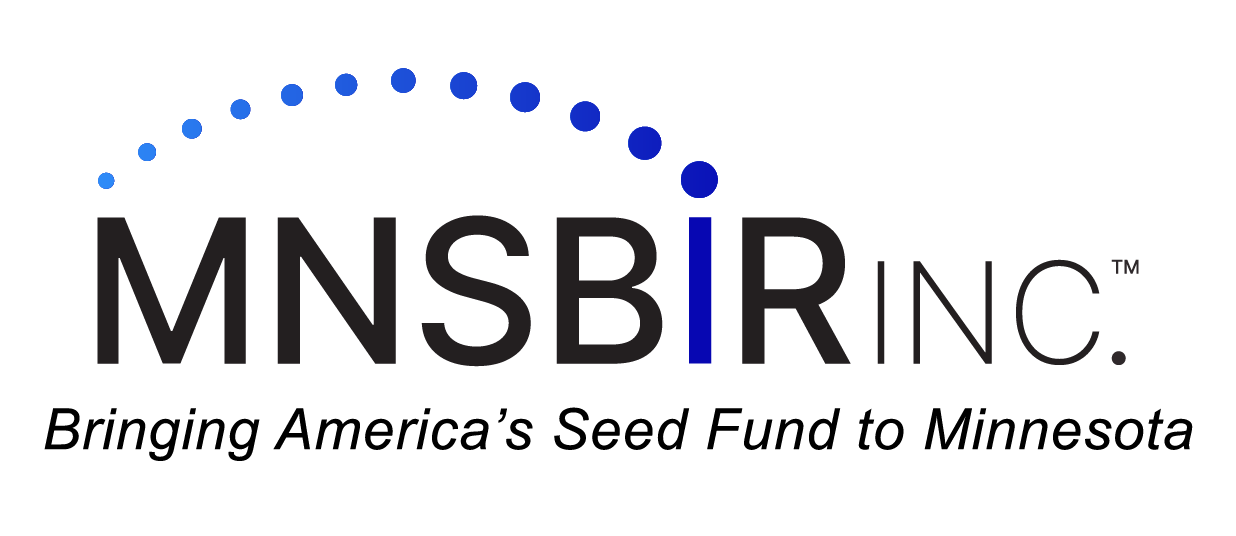America’s Seed Fund: SBIR/STTR Programs
America’s Seed Fund is one of the largest sources of early-stage capital for technology commercialization in the United States. The Small Business Innovation Research (SBIR) and Small Business Technology Transfer (STTR) programs involve multiple federal agencies, each with unique funding priorities and application processes. These programs enable US-owned and operated small businesses to conduct research and development that has a strong potential for commercialization.
America’s Seed Fund is a $4 billion program each fiscal year that awards funding to develop your technology and chart a path toward commercialization. The federal government invests in your solution and gives you the freedom to run your business according to your vision. The goal of any successful SBIR/STTR project is commercialization of your innovation, which means bringing it to market for use by industry, consumers or the federal government.
America’s Seed Fund has invested in a diverse portfolio of startups and small businesses across technology areas and markets to stimulate technological innovation, meet Federal research and development (R&D) needs, and increase commercialization to transition R&D into impact. America’s Seed Fund fosters and encourages participation in innovation and entrepreneurship by all people, including women, people of color, people with disabilities, and entrepreneurs located in all 50 states and U.S. territories.

SBIR/STTR Participating Agencies
Eleven federal agencies, as well as a handful of sub-agencies, participate in the SBIR program based on their level of extramural R&D budgets that exceed $100M. Six agencies participate in the STTR program as a result of their extramural R&D budgets that exceed $1B. STTR projects must include a research institution as a collaborative research partner. Aligning your proposal with an agency’s mission and focus areas is crucial for success.
- Department of Defense (DoD) — SBIR/STTR
- Department of the Navy (DoN) – (NAVY)
- Department of the Air Force (AFWERX)
- Department of the Army (ARMY)
- Defense Advanced Research Projects Agency (DARPA)
- Defense Health Agency (DHA)
- United States Special Operations Command (USSOCOM)
- Department of Energy (DOE) — SBIR/STTR
- Department of Health and Human Services (HHS) — SBIR/STTR
- National Institutes of Health (NIH)
- Advanced Research Projects Agency for Health (ARPA-H)
- National Science Foundation (NSF) — SBIR/STTR
- National Aeronautics and Space Administration (NASA) — SBIR/STTR
- Department of Education (ED) — SBIR
- Department of Homeland Security (DHS) — SBIR
- Department of Transportation (DOT) — SBIR
- Environmental Protection Agency (EPA) — SBIR
- Department of Commerce — SBIR
- National Institute of Standards and Technology (NIST)
- National Oceanic and Atmospheric Administration (NOAA)
- Department of Agriculture (USDA) — SBIR/STTR
SBIR/STTR Technology Development Phases
General SBIR/STTR Phase Structure
- Phase I – Establishes the technical feasibility of an innovation.
- Phase II – Further develops the technology, bringing it closer to commercialization.
- Phase III – Commercialization stage, funded through non-SBIR/STTR sources (government or private).
| Agency | Phase I Funding & Duration |
Phase II Funding & Duration |
Phase III (Commercialization) |
|---|---|---|---|
| Department of Defense (DoD) | $110K–$250K (6–12 months) | $750K–$1.8M (24 months) | Funded through government contracts or private investment. |
| National Institutes of Health (NIH) | $300K–$400K (6–12 months) | Up to $2M (24–36 months) | May include NIH grants, partnerships, or VC funding. |
| National Science Foundation (NSF) | Up to $275K (6–12 months) | Up to $1M (24 months) | Private funding or government contracts. |
| Department of Energy (DOE) | Up to $250K (6–12 months) | Up to $1.6M (24 months) | Can receive non-SBIR DOE funding or private investment. |
| NASA | Up to $150K (6 months) | Up to $850K (24 months) | Funded through NASA contracts or industry partners. |
| Department of Homeland Security (DHS) | Up to $150K (5 months) | Up to $1M (24 months) | Funded through DHS contracts. |
| Department of Agriculture (USDA) | Up to $175K (8 months) | Up to $600K (24 months) | Private investment, USDA grants, or contracts. |
| Department of Commerce – NIST & NOAA | Up to $175K (6–12 months) | Up to $500K (24 months) | Government or private funding sources. |
| Environmental Protection Agency (EPA) | Up to $100K (6 months) | Up to $400K (24 months) | Private or government funding. |
| Department of Transportation (DOT) | Up to $150K (6 months) | Up to $1M (24 months) | Funded through DOT contracts. |
| Department of Education (ED/IES) | Up to $250K (8 months) | Up to $1M (24 months) | Private investment or licensing agreements. |

